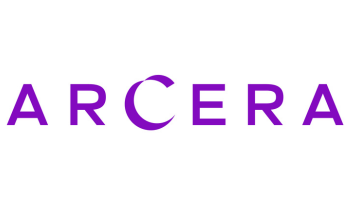تحت رعاية سموّ الشيخ خالد بن محمد بن زايد آل نهيان، ولي عهد أبوظبي رئيس المجلس التنفيذي لإمارة أبوظبي
Under the Patronage of His Highness Sheikh Khaled bin Mohamed bin Zayed Al Nahyan, Crown Prince of Abu Dhabi and Chairman of Abu Dhabi Executive Council
ACCELERATING THE FUTURE OF GLOBAL HEALTHCARE
AN ABU DHABI STRATEGIC INITIATIVE
AI, deep learning to now assist in diagnosing birth defects
The goal of the study, published in the scientific journal Plos One, was to demonstrate the potential for deep-learning architecture to support early and reliable identification of cystic hygroma from first trimester ultrasound scans.
Toronto: Canadian researchers have in a breakthrough experimented with the use of Artificial Intelligence-based deep learning as a tool for the early identification of birth defects.
A team from the University of Ottawa in a new proof-of-concept pioneered the use of a unique deep learning model as an assistive tool for the rapid and accurate reading of ultrasound images.
The goal of the study, published in the scientific journal Plos One, was to demonstrate the potential for deep-learning architecture to support early and reliable identification of cystic hygroma from first trimester ultrasound scans.
Cystic hygroma is an embryonic condition that causes the lymphatic vascular system to develop abnormally. It's a rare and potentially life-threatening disorder that leads to fluid swelling around the head and neck. It is documented in approximately 1 in 800 pregnancies and 1 in 8,000 live births.
Ultrasound is critical in the observation of foetal growth and development, however, small foetal structures, involuntary foetal movements and poor image quality make neonatal image acquisition and interpretation challenging. The research group wanted to test how well AI-driven pattern recognition could do the job.
"What we demonstrated was that in the field of ultrasound we're able to use the same tools for image classification and identification with a high sensitivity and specificity," said Dr Mark Walker at the University's Faculty of Medicine.
"With further development, including testing in a large multi-site dataset and external validation, our approach may be applied to a range of other foetal anomalies typically identified by ultrasonography," he noted.
Source: Health World






































